The total hazardous waste treatment capacity of our company is 84953 tons / year, respectively:
Incineration treatment: 14750 tons / year
Physio-chemical treatment: 10103 tons / year
Secure landfilling: 60100 tons / year
The treatment process of hazardous waste mainly includes incineration, physio-chemical treatment and landfilling. The specific process of main facilities is as follows:
Incineration System
The incineration system consists mainly of incineration combustion chambers, residual heat recovery boiler, air pollution control devices and chimneys. The incineration combustion chambers include a rotary kiln with an operation temperature of 850~1100℃ and the secondary combustion chamber with an operation temperature of 1100~1250℃. The residence time of the flue gas within the secondary combustion chamber is above two seconds. The steam energy generated from the residual heat recovery boiler is supplied to internal clients and productions in the plant. The treatment process of air quality control involves the application of the quench tower, the dry absorption system with lime and active carbon, and bag filtering to clean the flue gas. A CEM(Continuous Emission Monitoring) system is installed to monitor the emission gas in real time in the chimney of 60 meters tall.
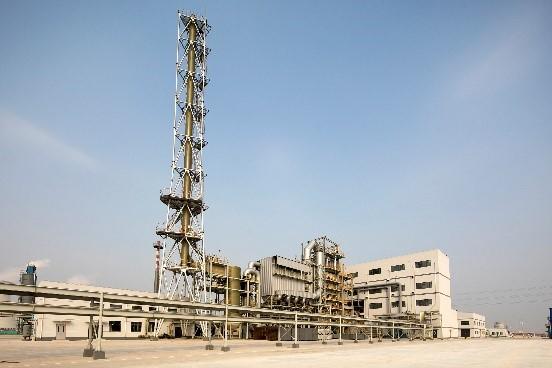 |
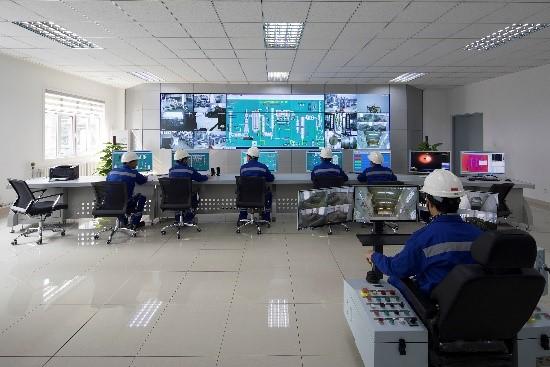 |
Physio-chemical Treatment & Waste water Treatment System
The physio-chemical treatment system applies means of neutralization, reduction/oxidation, evaporation/concentration, solid-liquid separation and precipitation to treat inorganic waste liquid and low-concentration organic wastewater. The wastewater treatment system mainly treats domestic wastewater, production water and initial rainwater by applying the process of gas floatation+MBR (Membrane Bio-Reactor). The treated water meets grade-II level of the National Wastewater Discharge Standard.
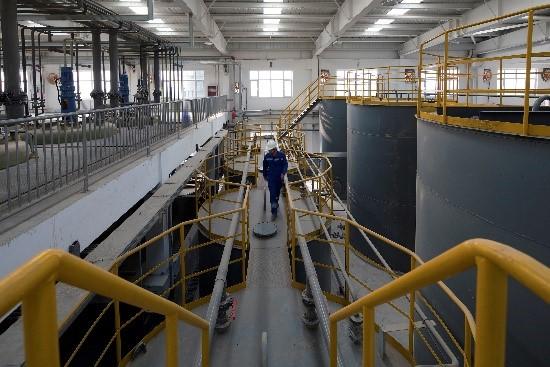 |
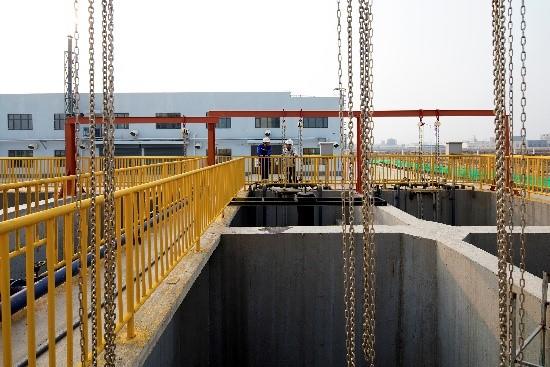 |
Stabilization/Solidification System and Landfilling
The stabilization/solidification system is required for any hazardous waste that can’t be directly landfilled. These types of waste need to be first converted to a highly insoluble and stable form and tested to be compliant with landfill regulations before being sent to landfill sites for disposal. The landfill horizontal anti-seepage system consists of clay, GCL and double-layer of HDPE. Apart from the horizontal anti-seepage, an additional vertical anti-seepage system is built surrounding the landfill, which is made of clay-bentonite and the permeability K≤1.0×10-7cm/s. To ensure secure treatment of waste, the landfill is also built with a groundwater drainage system, leachate collecting, and export and storage system to avoid secondary environmental pollution.
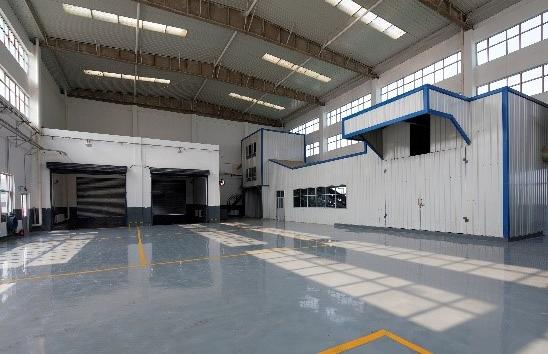 |
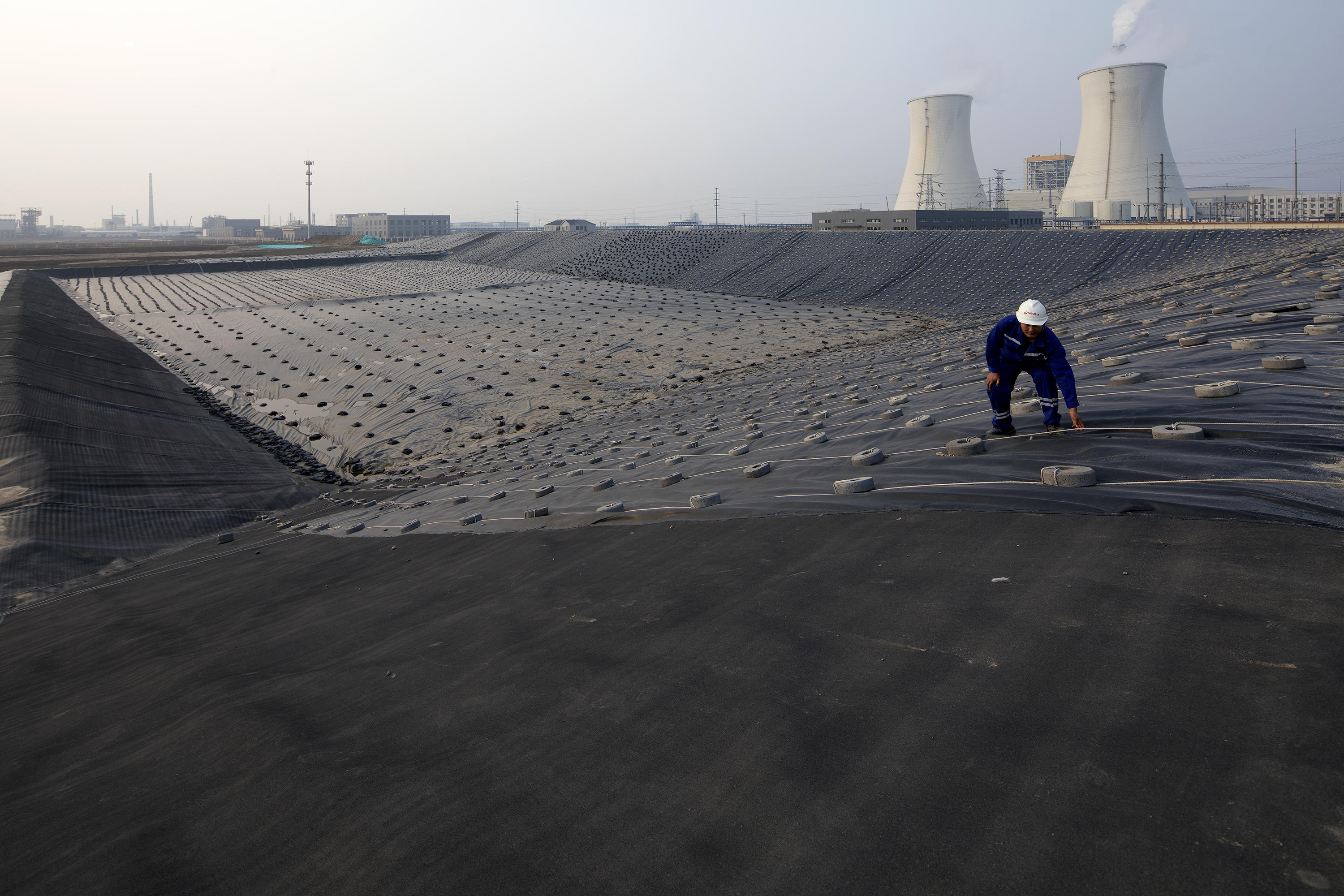 |
Laboratory Analysis and Tests
The laboratory at the treatment center is equipped with cutting-edge analysis and testing technologies and equipment. The laboratory has a comprehensive analysis and testing capacity of various items that can direct the appropriate treatment of waste. The laboratory regularly conducts environmental monitoring tests on wastewater, underground water, emissions, noise levels and soil to ensure the indicators meet the regulations.
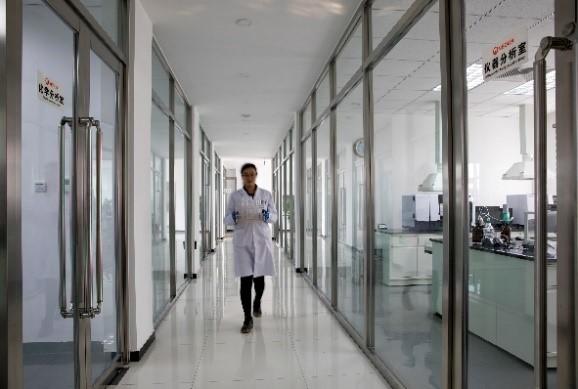 |
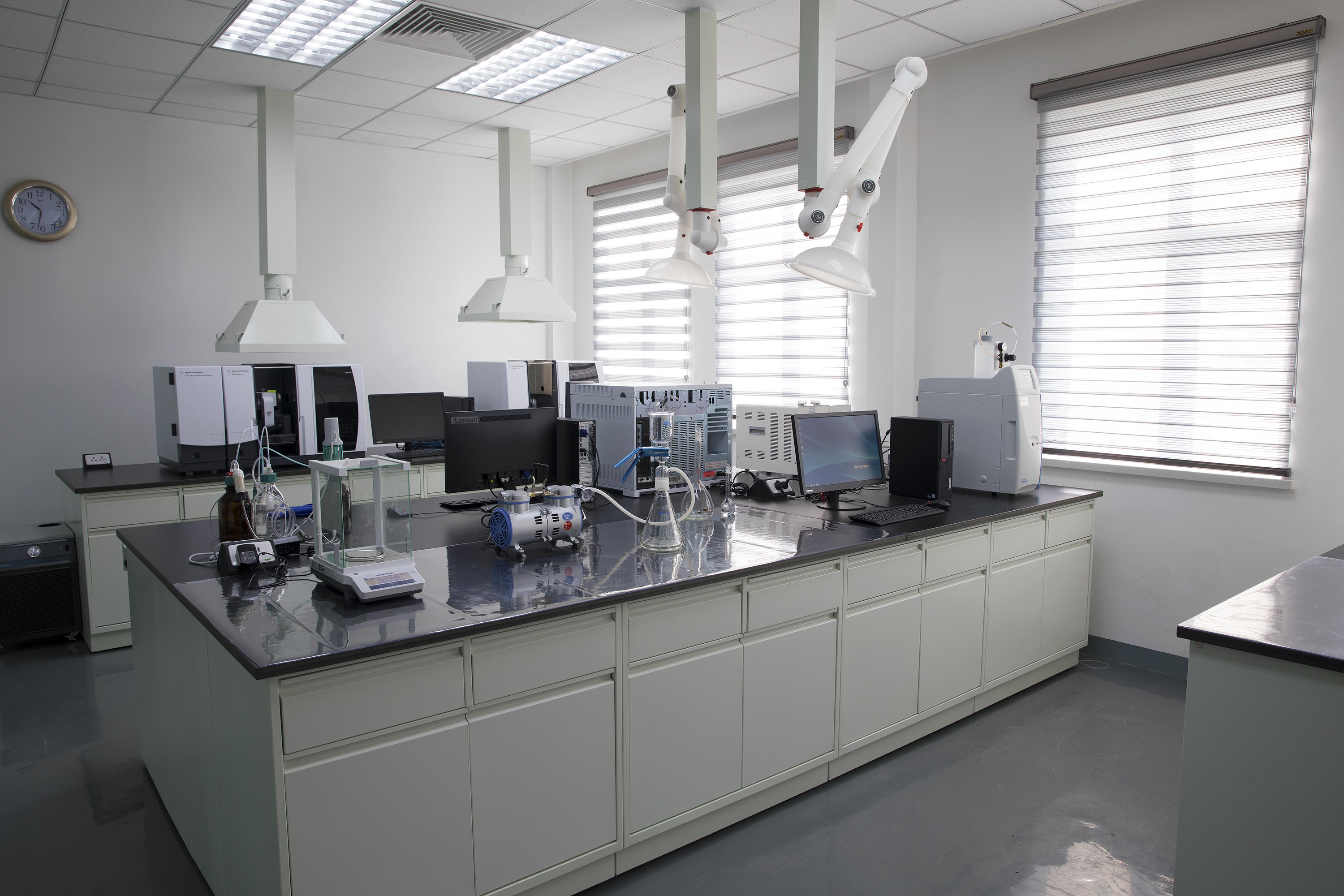 |

